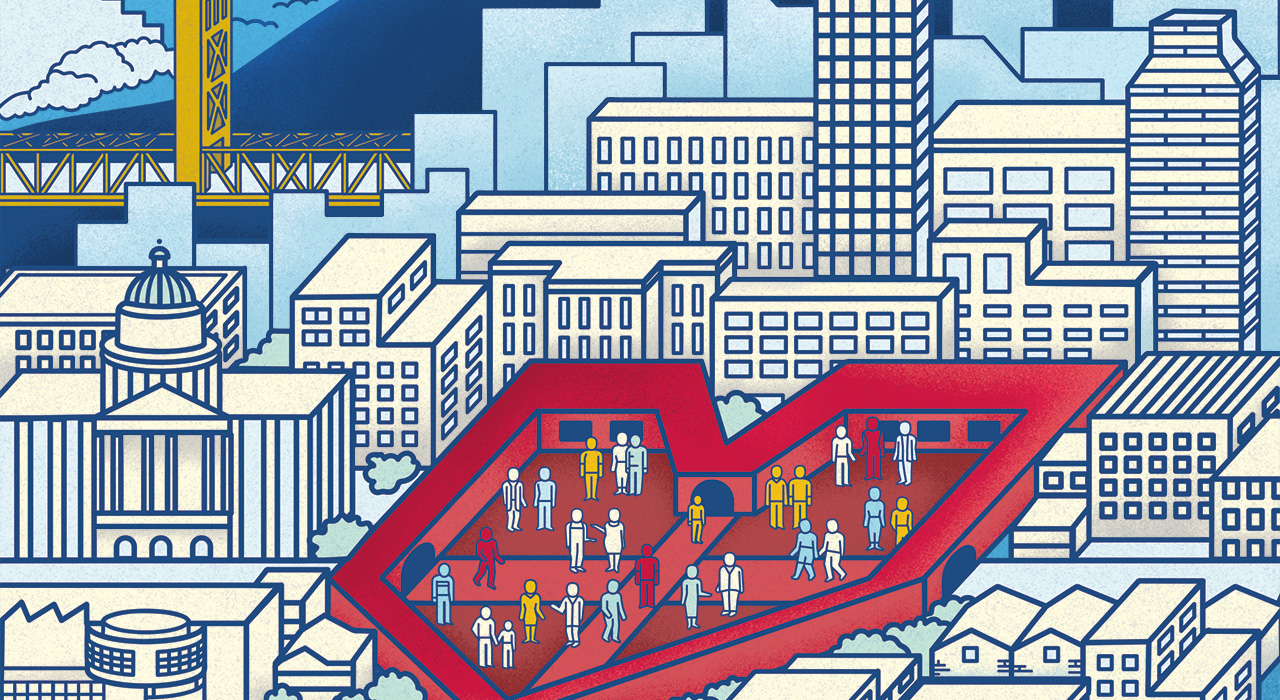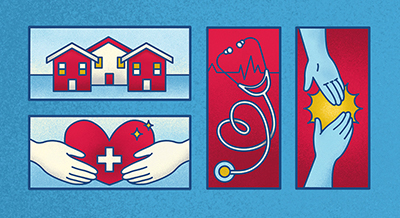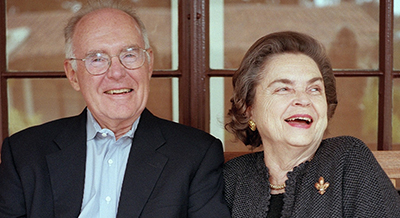When the first sign of SARS-CoV-2 appeared, people everywhere hoped its effects would be short lived. Two years into the pandemic, generations across the world wished it would end, wished for vaccines and wished their loved ones stayed healthy.
A 2021 study in the Journal of Vocational Behavior concluded that “individuals who made wishes during the pandemic reported more positive appraisals of the pandemic.” In fact, wish making enables individuals to see the possibility of a better future.
Just as dreams of a post-pandemic life fueled optimism during COVID-19, goals that leaders of the Betty Irene Moore School of Nursing hoped to achieve in the school’s second decade evolved into a new strategic plan.
That plan now serves as a blueprint for what leaders hope to achieve in the next three to five years to achieve the school’s vision — optimal health and health equity for all — in terms of education, research, community engagement and integration within UC Davis Health.
“Over the past two years, we’ve innovated in ways we never imagined and thrived in the face of incredible challenges. We approach this post-pandemic world with time-tested flexibility and continued resolve to apply all we’ve learned and keep working toward our mission,” says Dean Stephen Cavanagh.
Cavanagh and AMC Strategies, consultants hired by the school, engaged more than 200 people, including leadership, faculty, staff, students, alumni and postdoctoral scholars to determine a framework, direction and overarching goals to advance the mission of the school.
In alignment with the UC Davis campus, UC Davis Health and the UC Davis School of Medicine strategic plans, the School of Nursing’s comprehensive plan seeks to leverage its unique strengths to advance each mission area for measurable impact to its collective communities.
The plan is the roadmap to how the school educates students, where it focuses research, how it gains outside investment from individual, corporation and foundation donors, how it engages with community entities, all while ensuring it promotes health equity and creates an inclusive environment.
But the School of Nursing is not an island to its own. It is an integral part of UC Davis Health, an academic health system that includes the nursing and medical schools, a 646-bed level 1 trauma medical center and a 1,000-member physician group with a network of ambulatory care clinics.
Concurrent with the school’s plan development, leaders of UC Davis Health embarked upon strategic planning as well to maximize value to patients and the community and guide decision-making around deployment of human and financial resources.
“We work diligently to deliver tomorrow’s health care, today. That means preparing the providers of tomorrow, so they will deliver exceptional care and advance health equity for our patients and communities,” explains David Lubarsky, CEO of UC Davis Health and vice chancellor for human health sciences. “Health care is a team sport. The School of Nursing is a vital partner in both our excellence in education and our clinical success.”
How the School of Nursing becomes an essential member of the larger health system is mapped out in the new plan. Working in tandem with the integrated strategic planning project of the health system and the School of Medicine will solidify UC Davis Health’s position as a top-tier health care organization.
Achieving those means creating an environment where all can thrive and identifying, attracting and retaining diverse students, faculty and staff to advance diversity, equity and inclusion.
“Given the disparate outcomes of the COVID-19 pandemic and racial tension in the U.S., there is no better time to discuss health disparities and how to mitigate them,” says Piri Ackerman-Barger, associate dean for Health Equity, Diversity and Inclusion. “We must constantly recommit to the ongoing work that is necessary to dismantle systemic racism and improve health inequities.”
In their book, Goal Directed Behavior, Heinz Heckousen and Julius Kuhl map out the evolution of a wish: It “may be initiated…at the level of perceived consequences, at the level of anticipated outcomes or at the level of actions.”






